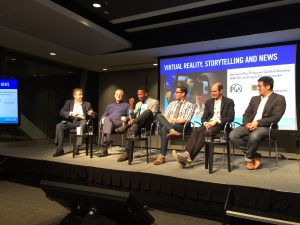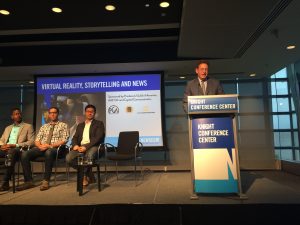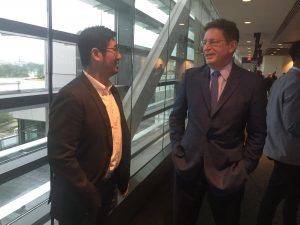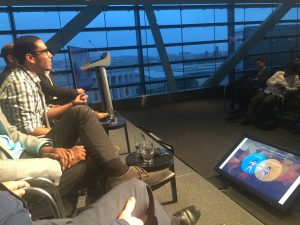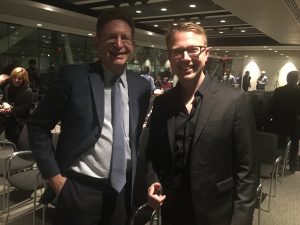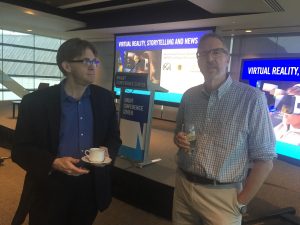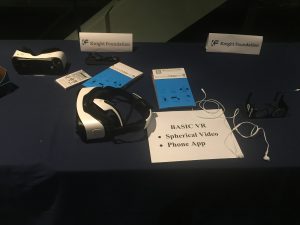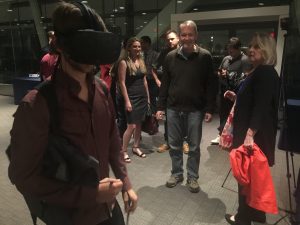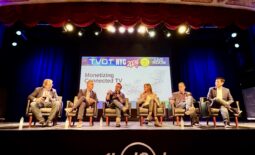The first VR/AR Association New York Chapter event of 2017, ‘Virtual Reality for Producers: How to Create and Deliver for the New Content Frontier,’ took place last Wednesday night, February 15th, at the NYU Data Futures Lab, and it delivered not only a full standing-room-only crowd of 95 people, but some of New York’s finest producers working the VR scene.
You can watch the video of the event at:
https://drive.google.com/open?id=0B58D21m9dOMOdFJJSGE1UWMzVzA
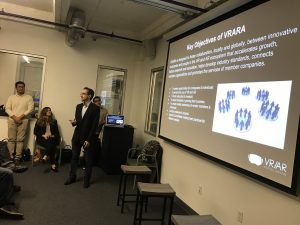
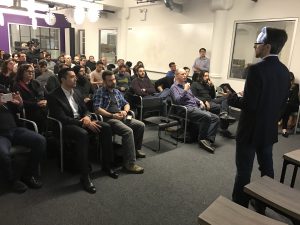
Kris Kolo, New York chapter head of the VR/AR Association, introduces the goals and benefits of the organization
As more New York producers learn the craft of producing in VR, the industry will grow concomitantly. Wednesday’s session was an ideal session for learnings from the likes of Paul Cheung, direct of interactive at Associated Press (AP); Alissa Crevier, global head of partnerships, at Littlstar, and Christian Egeler, director of VR/AR product development with Verizon envrmnt.
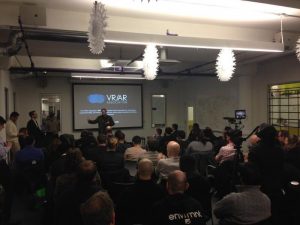
Chris Pfaff introduces the speakers and sets up the event
Paul Cheung guided the audience through his learnings with the almost dozen VR cameras that he and his team have tested. He discussed some of the work that AP has done with branded content partners, and how to adapt the standards of the AP (an organization that literally developed the journalistic standards known as “AP Style” over the past 180-plus years) to VR production. In other words, while shooting a scene, do you keep the DP and/or the producer in the shot, or matte that out? For AP, that choice is obvious: leave the production team in the frame. Cheung described some of the learnings in VR as they apply to the overall production work that his interactive has to deal with, enabling a smoother workflow scenario.
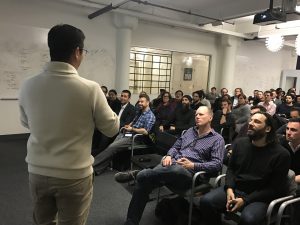
Paul Cheung discusses the range of VR cameras that AP has tested and and used
For Alissa Crevier, Littlstar’s work has grown to the point where the company is as much a platform for content as it is a stand-alone producer of VR content. This has created a new kind of channel for VR partners, and the Littlstar roster of clients includes the who’s who of major content distributors, including Disney/ABC, Discovery, Nat Geo, Showtime, and the Wall Street Journal, among others. Crevier’s experience with Spotify, and the music industry in general, have helped her navigate clearances and understand the vagaries of the live music scene, and live streaming, to understand the value of WebVR versus individual VR platforms, such as Oculus, Gear, or Vive, among others.
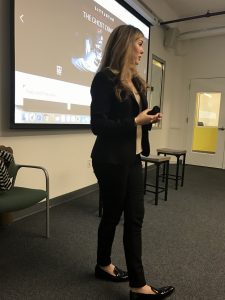
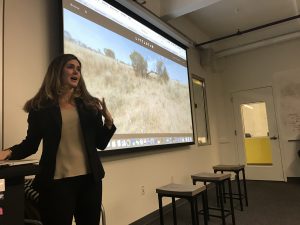
Alissa Crevier presents Littlstar’s productions and its content platform model
Christian Egeler took the audience through the Verizon envrmnt learnings, and how they have applied to the studio’s growth in areas that include their Social VR platform. The envrmnt cross-platform SDK has gained traction in the industry, including with the March, 2017 issue of Cosmopolitan magazine, which includes an AR app, a native app, and integrated envrmnt SDK so that trigger images are easier to recognize. Egeler also showed an Alpine Village demo with dynamic updates (first showed at the Amazon Web Services Invent and Nvidia conferences). He hinted at the possibility that envrmnt might release a “build your own” 3D engine later this year. A VR experience produced for Super Bowl LI was also demonstrated.
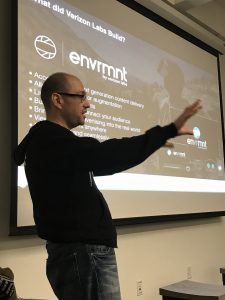
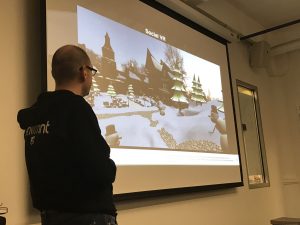
Christian Egeler shares learnings from Verizon envrmnt’s studio work, and showcases new work, including its Social VR platform
The audience, mostly comprised of producers, was intrigued by the experiences that the three presenters had. The lively panel discussion dove into issues surrounding the growth of an industry that still has yet to standardize areas of production and post-production, as well as the growth of WebVR, in the wake of a still-early headset market.
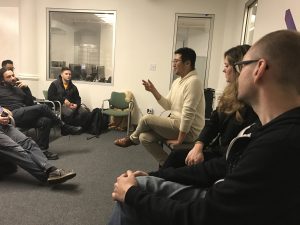
Paul Cheung during the panel discussion
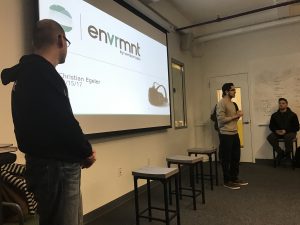
Mina Salib (right, speaking), program manager at the NYU Futures Labs, introduces the audience to new opportunities at the Labs
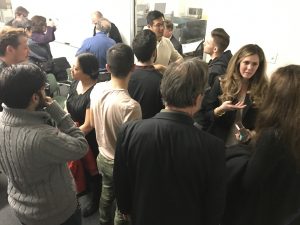
Paul Cheung (rear of photo, against window), and Alissa Crevier (right front), address audience questions after the ‘VR for Producers’ event
